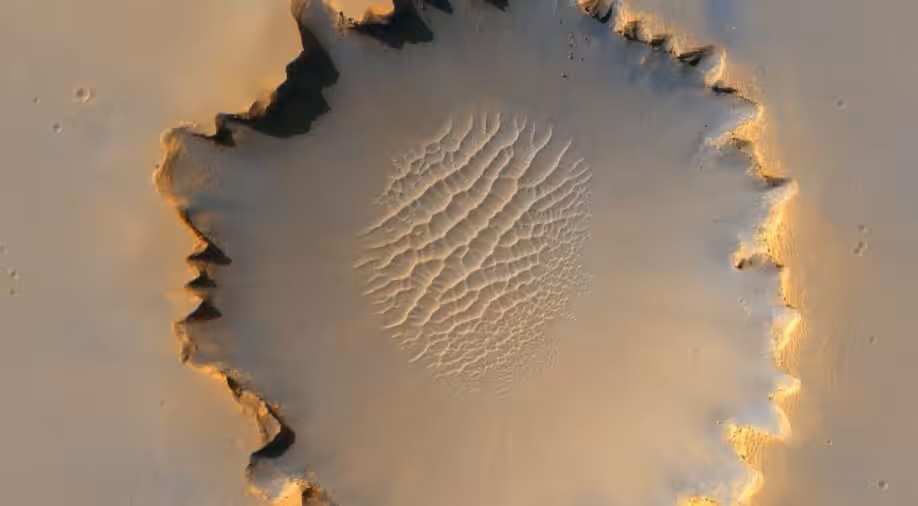According to recent studies, the areas of Mars with a lot of sediments are the greatest spots to look for life.
under the course of continuing study to determine whether or not Mars is habitable, scientists have discovered a new theory: the proof of life on the red planet is most likely concealed under an old mud lake.
They have concluded that areas with an abundance of sediments will be a good place to start, even if they have not been able to pinpoint the precise locations where evidence of life needs to be looked for.
This is one of the reasons that the Perseverance rover from NASA was deployed to the Jezero Crater, an old paleolake with sediment deposits that are about a kilometer deep. But there are lots of these sediment-rich areas on the earth. Thus, the question is raised: in order to broaden their search, where should scientists hunt for life?
Choosing areas rich in silt to investigate Martian life
“The search for past Martian life hinges on locating surface formations linked to ancient habitability,” the researchers wrote in their research article.
The area where debris from Mars’s Southern Highlands is transported into its Northern Lowlands and east of Valles Marineris by the planet’s vast outflow channels is one area that has caught the interest of scientists.
There have been reports of huge silt deposition in these northern lowlands, which may indicate that they may be an excellent location for exploration. The authors of a recent study suggested that this might not be accurate.
The article was entitled “Exploring the evidence of Middle Amazonian aquifer sedimentary outburst residues in a Martian chaotic terrain” . Lead author Alexis Rodriguez is a Senior Researcher at the Planetary Science Institute. It was published in Nature Scientific Reports.
Rodriguez contends that rather than investigating the area where the sediments flow, scientists ought to investigate the source of the sediments.
“Venturing into the northern plains for sampling could prove precarious, as distinguishing between materials sourced from the aquifers and those eroded and transported during channel formation could become an intricate task,” said Rodriguez.
The plains, which are part of Hydraotes Chaos, provide a rare window into the materials of an ancient aquifer. According to sciencealert.com, Rodriguez continued, “We believe that these plains were created by mud pushing into a basin that is directly above their source aquifer. This allows for a more focused exploration opportunity.”
“Unlike vast flood channels with their complex erosion patterns, this finding simplifies the examination of Martian aquifers, reducing the risk of overland sedimentary acquisition, and opens a new window into Mars’ geological past,” he added.




